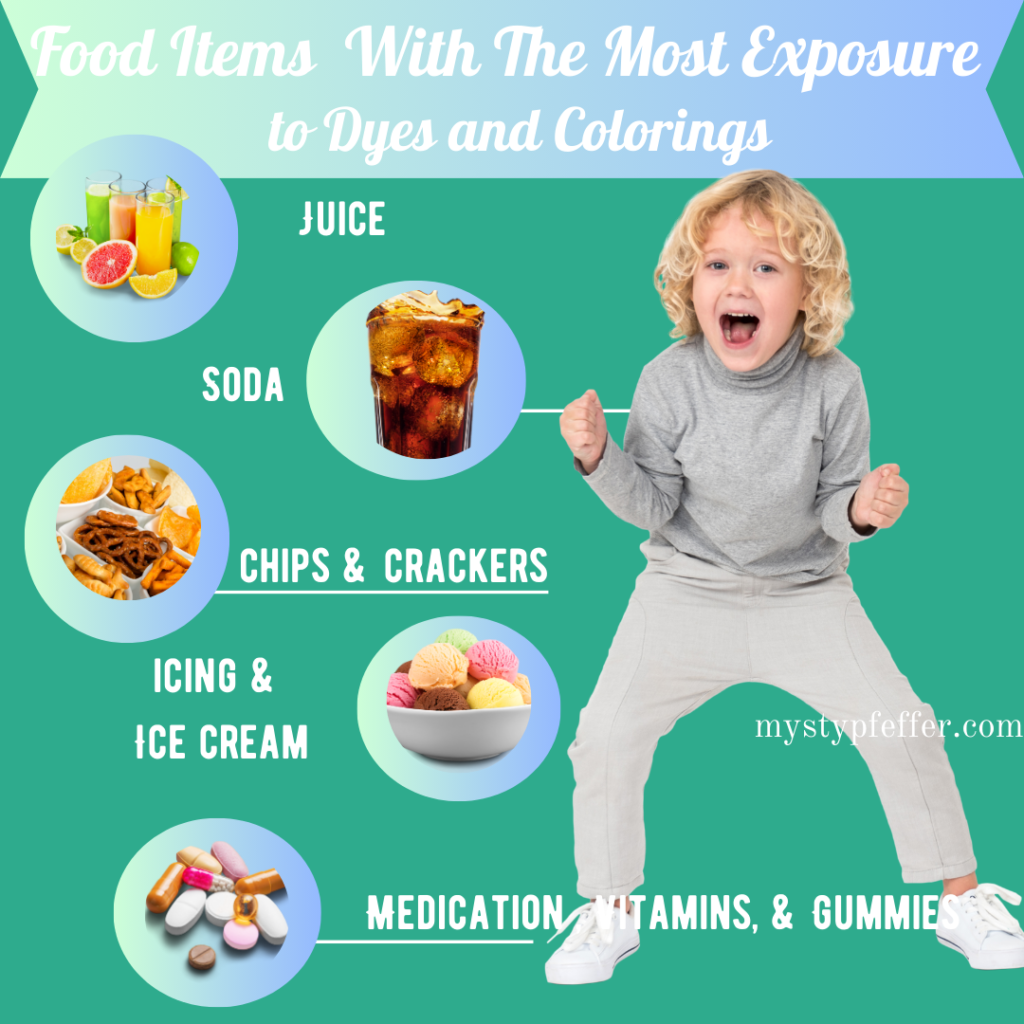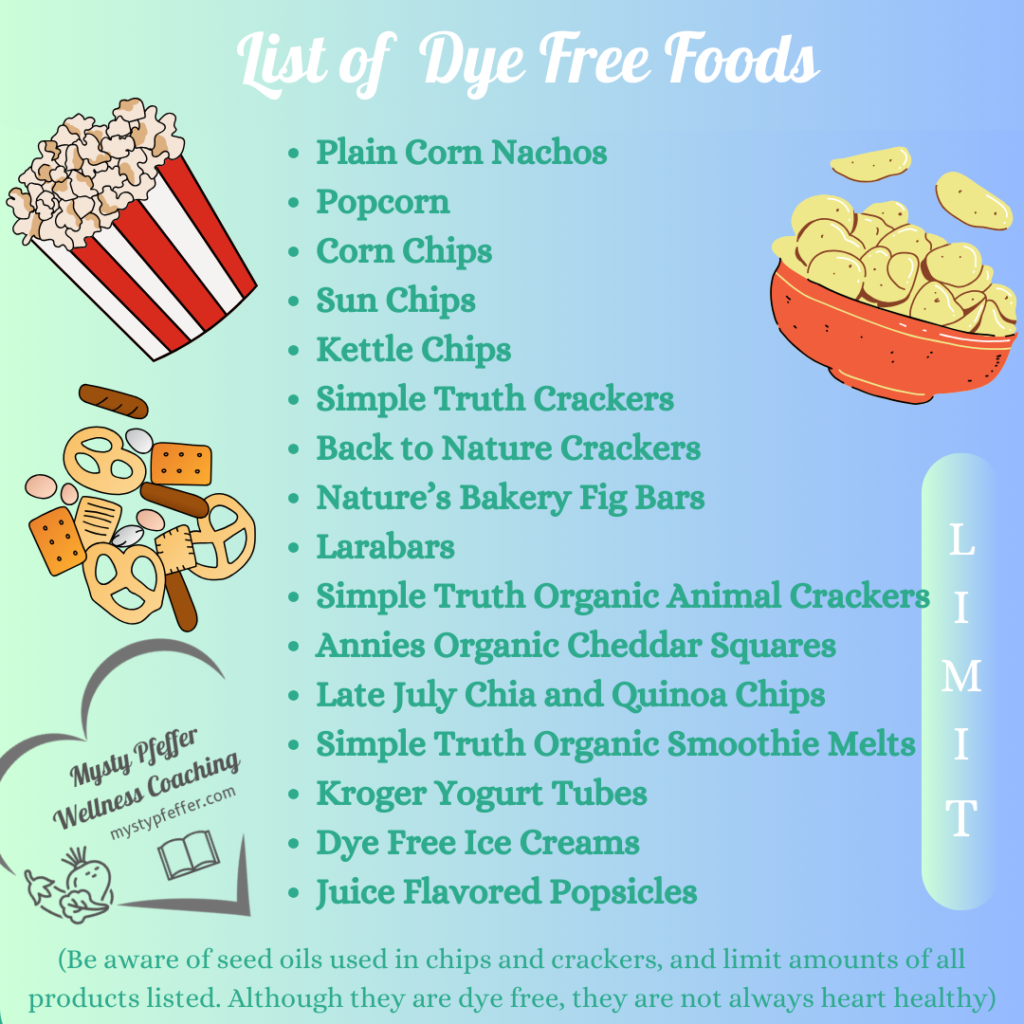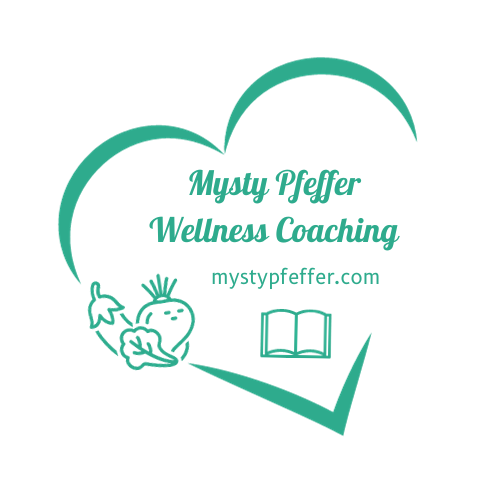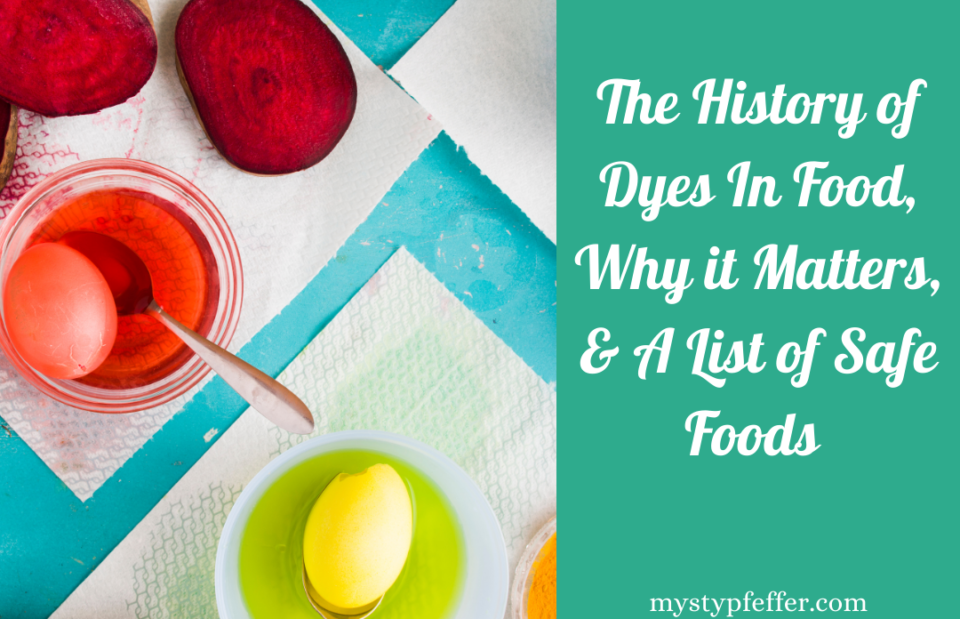Red dye is associated with DNA damage, inflammation, colitis, and psychomotor behavior alterations in “animal studies”. It’s concerning to read the mounting literature on how damaging these dyes have become over the years in relation to children.
If we are around children at parties or social events, we are also eyewitnesses to attention difficulty and overexcitement with the consumption of dye containing candies, cakes, ice cream, etc.
Plus, we can read through the studies of the animals tested, and surveys of people who recorded behavior of children after consuming set amounts to determine there are real and concerning consequences.
It’s definitely something to consider thoughtfully for safety and personal use.
In the 2015-2016 National Health and Nutrition Examination Survey (NHANES), they examined artificial color intake of pregnant women and children to determine overexposure. They found higher than acceptable daily intake (ADI) exposure to be mostly from Red dye 40. (1)
The items of most exposure are from juice, soft drinks, icing, and ice cream cones. But think about the candy, cereals, popsicles, crackers, chips, meat, and snack cakes that were not recorded.
Nor the dyes in cold medicine, Tylenol, gummies, and vitamins.

History of Dyes and Other Food Colorings
Ancient Egyptians have been coloring food and making cosmetics since 300 BC.
According to the Food & Drug Administration, the first food colorings in our country were derived from coal tar and were called “coal-tar colors.” (2) Federal observations began in the 1800s, as butter and cheese were the first foods approved for artificial coloring.
“Color additives are important components of many products to making them attractive appealing, appetizing, and informative.” (FDA)
Seriously? Who is it important for? The public or manufacturers’ sales and the almighty dollar?
The site reports that by 1900 many foods and cosmetics were being colored and some dyes were used to hide defective food. Many of the food colorings at that time contained lead, arsenic and mercury and were making people sick.
The FDA began regulating, food coloring with the Food Inspection Decision in 1907. There were fifteen colors approved and six are still in use today. They are as quoted: “FD&C Blue No. 1 (Brilliant Blue FCF), FD&C Blue No. 2 (Indigotine), FD&C Green No. 3 (Fast Green FCF), FD&C Red No. 3 (Erythrosine), FD&C Yellow No. 5 (Tartrazine), and FD&C Yellow No. 6 (Sunset Yellow). (2)
A short 25 years later a digestive problem causing chronic diarrhea was discovered by Dr. Burrill Bernard Chron. Imagine that, a new bowel disease develops a few years after the introduction of ultra-processed food with dyes and preservatives.
More concerns developed as amendments to the safety act of 1907 had to be made in 1960. Many children became ill eating Halloween candy with orange dye. House representative, James Delaney, brought concerns to the floor regarding dyes causing cancer the same year. After reviewing serious adverse effects of dyes, many were eliminated from the food chain.
Friend, that was over 54 years of exposure to families raising children on “approved” ultra-processed food with dyes!
Epigenetics (the chemicals and exposure outside our genetics that change our DNA) is a real and threatening beast we want full knowledge of in order to make intentional choices for our family!
As ADHD, cancer, obesity, and arthritis are on the rise, how many moms were unaware of exposing their children to these toxins in the womb by consuming these products? Let alone, being aware of feeding them to their children when they were born!
Research Concerns to be duly noted from a summary article in PubMed include:
Dietary Exposure to United States Food and Drug Administration-Approved Synthetic Food Colors in Children, Pregnant Women, and Women of Childbearing Age Living in the United States – PubMed (nih.gov)
- A 2011 committee meeting reviewed evidence of food coloring affecting learning in children and voted NOT to apply a warning label on food.
- Out of a sample of 200 hundred children selected for eliminating food color from their diet, 150 of the children’s symptoms of hyperactivity improved.
- A double-blind study of over 100 children assessed for hyperactivity (inattention, impulsiveness, overactivity) were given an elimination diet containing zero food colorings for two weeks. When reintroduced, significant hyperactivity behavior was noted.
- Infants and preschool children eat more in proportion to their body weight and are rapidly developing their neurological systems, so they are particularly at risk.
- Flaws in the studies to be noted is the mix of colors used contained preservatives, so it would be necessary to distinguish between a reaction to dyes vs preservatives. Also, the studies predated the current DSM criteria of ADHD.
So, what now?
Kids in the studies behave normally before poison and then display neurotoxic symptoms afterward. As evidenced by inattention and impulsiveness of both diagnosed and undiagnosed children in the classroom and at home.
The point I’m trying to make is there is sufficient evidence over the years to implicate food dyes as a problem for our health and our children’s health.
But apparently not enough sway for a panel of officials to pass warning labels be put on products to protect children.
It’s so sad!
And don’t think lakes (which are colorings not from coal tar) like carmine that is formed from red insects, is any better! They require aluminum hydrate metallic salts to create their fancy bakery products, gold fish crackers, etc.
And we don’t want heavy metals in our food either!
The longer the public is exposed, generation after generation, the more we see rates of autism and ADHD climb.
Our DNA is in need of deep repair, and it starts by eliminating dyes and ultra-processed products from our food choices in the grocery store.
Items in The Grocery Store Safe from Dyes
We can make this list simple by looking at the colors of food in the box. Red, green, yellow orange colors are our first clue. We turn the box over or click on the item in our click list and scan the ingredients.
Bingo! The evidence is here!
List of safe dye free snacks for a child is below.
Although they may not contain dyes, be aware of the seed oils used in chips and crackers. Limiting amounts of all products listed will be better for future heart health.

God has a better plan for us, and our children and he designed the plants in the garden for each of us to consume for our health benefit!
Even though we are enticed repeatedly to consume what the world offers, we can understand its goal is profit. . . at our expense!
Proverbs 21:5 says,
The plans of the diligent lead to profit as sure as haste leads to poverty.”
Proverbs 21 NIV – In the LORD’s hand the king’s heart – Bible Gateway
We can be diligent in our food choices and avoid the pitfalls of health poverty when we go to the grocery store each week. Trusting the Lord, his Word, and what he gives us in the garden to restore us spiritually and physically is a start!
I am here for you! Check out the recipes for easy snack items here on the blog!
If you are looking for crackers, I colored some with broccoli and beets in the Naturally Colorful Crackers post. They are seed oil free and dye free, as well as delicious!
Take care, and God bless!
References:
Bradman A, Castorina R, Thilakaratne R, Gillan M, Pattabhiraman T, Nirula A, Marty M, Miller MD. Dietary Exposure to United States Food and Drug Administration-Approved Synthetic Food Colors in Children, Pregnant Women, and Women of Childbearing Age Living in the United States. Int J Environ Res Public Health. 2022 Aug 5;19(15):9661. doi: 10.3390/ijerph19159661. PMID: 35955015; PMCID: PMC9368057.
- Food and Drug Administration– Color Additives History | FDA
- Artificial Food Colors and Attention-Deficit/Hyperactivity Symptoms: Conclusions to Dye for – PMC (nih.gov)
Arnold LE, Lofthouse N, Hurt E. Artificial food colors and attention-deficit/hyperactivity symptoms: conclusions to dye for. Neurotherapeutics. 2012 Jul;9(3):599-609. doi: 10.1007/s13311-012-0133-x. PMID: 22864801; PMCID: PMC3441937.







